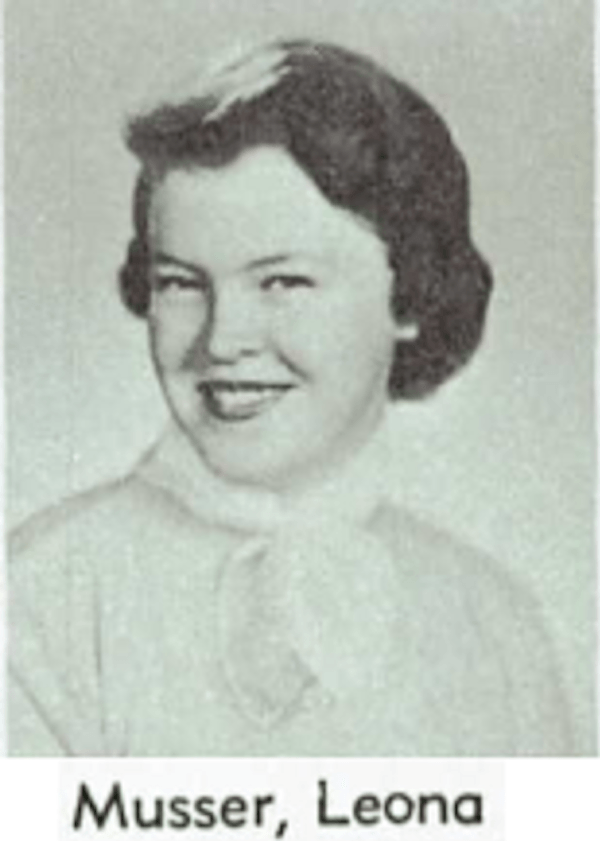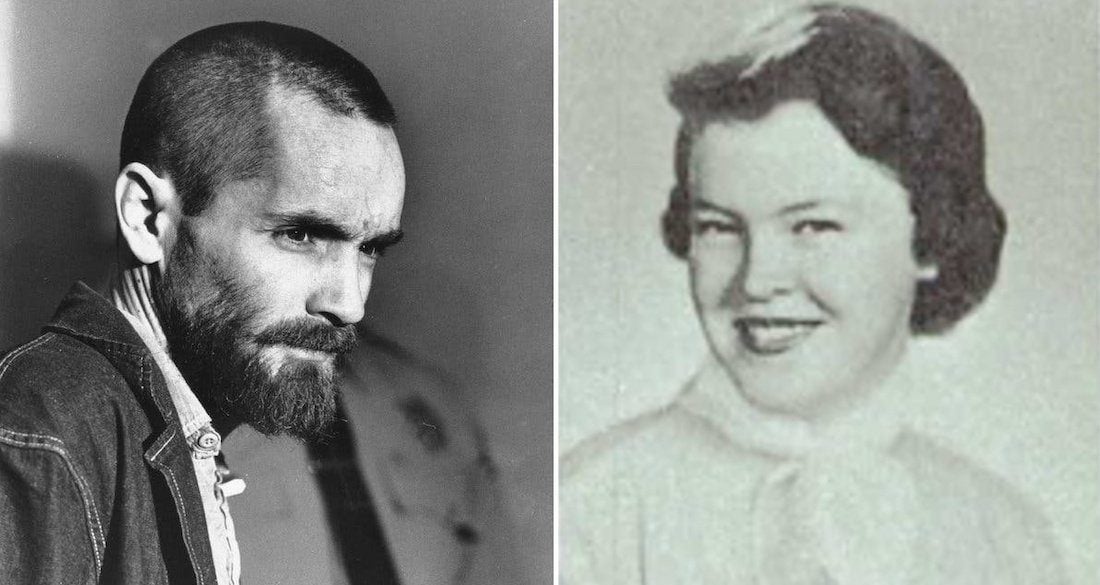The Untold Story Of Candy Stevens And Charles Manson
Was there ever a glimmer of normalcy amidst the darkness surrounding Charles Manson? While his name evokes images of unbridled violence and the macabre, a lesser-known aspect of his life involved a woman named Leona Rae Stevens, also known as "Candy," who became his second wife and mother of his child, offering a complex lens through which to view the infamous cult leader.
Mansons life was a whirlwind of transient moments, marked by legal troubles and a desperate search for belonging. After his divorce from his first wife in 1958, the paths of Charles Manson and Leona Rae Stevens crossed, forever intertwining their lives within the annals of criminal history. They met, and a relationship blossomed, leading to their marriage in 1959, a union that would ultimately define a specific chapter in Mansons convoluted existence.
| Full Name | Leona Rae Stevens (born Leona Rae Musser) |
| Known As | Candy Stevens |
| Born | Approximately 1940 |
| Occupation | Reportedly a sex worker prior to meeting Manson. |
| Significant Relationship | Married to Charles Manson from 1959 to 1963 |
| Children | Charles Luther Manson (son) |
| Divorce | Filed for divorce on June 4, 1963, citing cruelty |
| Known for | Being married to Charles Manson, and the mother of his son. She is also known for allegedly saving Charles Manson from prison in 1959. |
| Reference | All That's Interesting |
The circumstances surrounding their meeting remain somewhat obscured, with details emerging from various sources, including court records and biographies that delve into Mansons life. Regardless, it is clear that the encounter marked a turning point. Soon after his release from Terminal Island, California, Manson was already navigating a world where he was constantly at odds with the law.
The marriage between Manson and Stevens took place in California, following his release from a facility in San Pedro. The relationship was marked by complexity and contrast, as Stevens had a background that was vastly different from Manson's notoriety, having allegedly been arrested for sex work before meeting him. Court records suggest that there was a genuine bond between the two, as evidenced by the letters exchanged, and Stevens' attempts to help Manson with leniency.
In the days leading up to the trial, Candy and Manson's friends, wrote to the judge about the challenges he had endured. It was a desperate act to show the human side of someone demonized by public perception. These letters are a small window into an obscured personal history. It is a stark reminder that even the most infamous figures have individuals who believe in their worthiness.
The life of Leona Rae Stevens, or "Candy," as she was more commonly known, is inextricably linked to Charles Manson's. Their connection, which spanned a few turbulent years, brought her into the eye of a storm. The couple's relationship, though brief, produced a son, Charles Luther Manson, further cementing her place in the complicated narrative of the Manson saga. The birth of their son occurred after they were in Lordsburg.
Manson had met Stevens a year after his divorce. This woman, whose real name was Leona Rae Musser, also known as "Candy," had a background that contrasted with Manson's growing notoriety. Before their marriage, Stevens had faced arrests for sex work. Despite these trials, the two found a connection that resulted in their marriage. This happened shortly after his release. This chapter highlights the complexities of human connection, even amid societal judgement and the looming presence of a notorious figure.
The legal troubles that plagued Manson continued to manifest. In May 1, 1959, a mere year after his divorce, he was arrested for pilfering US Treasury checks. This incident added another layer to his criminal history and placed his relationship with Stevens under a harsh spotlight. It was a turbulent period, as he was grappling with the realities of his past. The events surrounding his arrest and the subsequent legal proceedings would, undoubtedly, further shape his relationship with Stevens.
The details of Stevens existence remain shrouded in mystery. Court documents and select biographies provide glimpses into her background. Yet, beyond her association with Manson and the life she briefly shared with him, little is widely known. It's a reminder that the narrative of those entangled with famous figures often remains incomplete, leaving room for speculation and the blurring of fact and fiction.
On April 10, 1963, Stevens' presence in Mansons life was still noted, indicating a connection that had endured despite the strain of his actions. It serves as a reminder of the enduring influence she exerted on his life. This moment, captured in the legal records, paints a picture of the persistence of their shared history, even amid conflict.
The couple divorced on June 4, 1963. The grounds for the divorce, as stated in the official documents, were that Manson had shown "extreme and repeated cruelty." The dissolution of their marriage marked the end of a significant chapter in Manson's personal life. This legal move was a stark reflection of the breakdown in their relationship and a pivotal juncture.
In the story of Manson, Stevens played a role, saving him from prison in 1959 and, a year later, helping to imprison him. The dichotomy of her influence is both striking and difficult. The actions of Stevens and the impact of her choices add layers to the already complex story of Charles Manson, a man whose legacy continues to be debated and examined.
The relationship, though brief, produced a son, Charles Luther Manson, born in 1959. His birth, a symbol of the union between Manson and Stevens, remains a key aspect of the Manson legacy. It serves as an acknowledgement of a more intimate, and sometimes hidden, dimension of his life.
The narrative of Charles Manson is multifaceted, extending beyond the notoriety he garnered. His relationship with Leona Rae Stevens, the second of his wives, reveals an intricate aspect of his life. Their marriage, though marked by difficulty, offers a reminder of the importance of context. Their relationship, which ultimately ended in divorce, serves as a testament to the volatility.
In 1959, manson found himself facing prison for forgery. Allegra Lansing noted that stevens pleaded for leniency. This act, and her statement that she was pregnant with his child, highlights the role of Stevens in Manson's life. The fact that a woman with a challenging past was willing to take this leap in support of a man facing a grim future adds another layer to the complex story.
The relationship between Manson and Stevens, a woman with a history of sex work, is a reminder of the fluidity of human connections. Their association challenges us to look beyond the obvious and search for deeper meanings. This relationship is an important element to the story of Charles Manson. It reveals an intricate and often overlooked aspect of his life.
According to the Las Cruces Bulletin, Warner was the son of Manson and a teenage girl named Leona Candy Stevens. This provides insight into the family structure of the Manson-Stevens union. Candy Stevens grabbed attention after marrying the notorious murderer Charles Manson. In a world captivated by the dark side of humanity, their story has left an impression.
The details surrounding the lives of Manson and Stevens remind us of the complexities of the human spirit. Their narrative goes beyond the confines of the courtroom and the prison cell. It is a story about connections, the choices we make, and how they define our place in history. Their story should be remembered and recognized.


